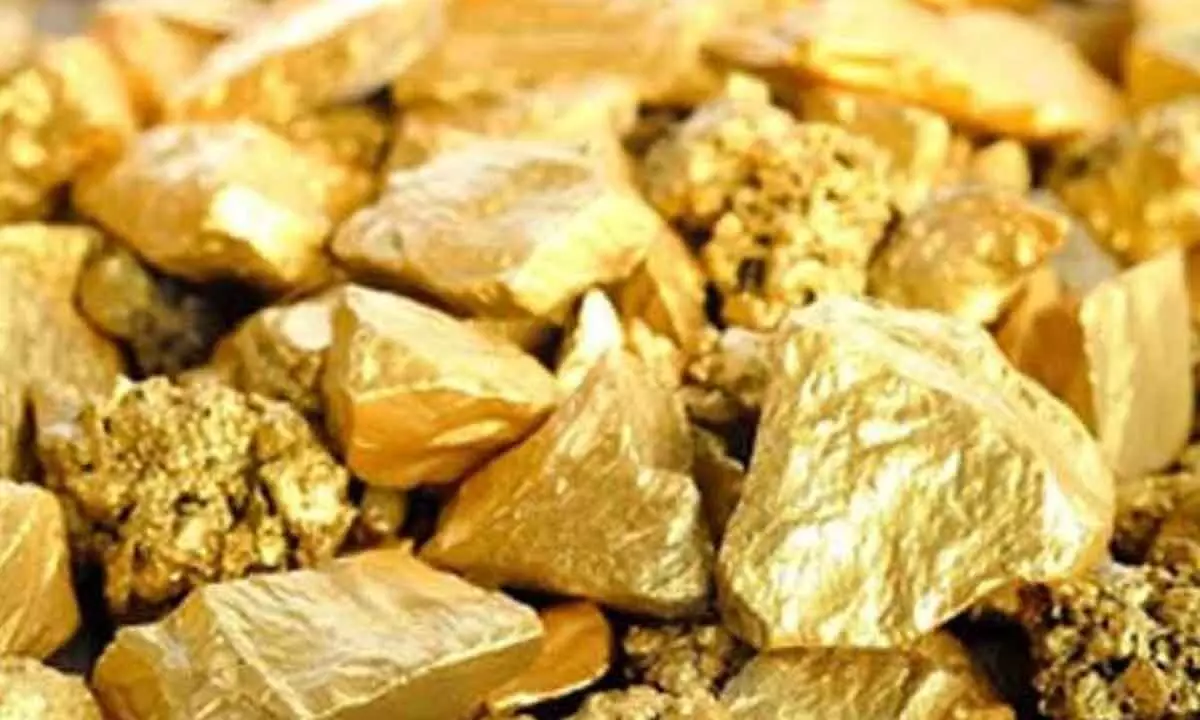Gold regains its shine as nations increase their purchases
The role of gold in central bank reserve management has undergone a sea-change over the last decade, which encompassed severe turbulences like the 2008 global financial crisis, the Eurozone financial crisis of 2010-12 and geopolitical and geo-economic tensions following Russia’s annexation of Crimea
image for illustrative purpose

The role of gold in central bank reserve management has undergone a sea-change over the last decade, which encompassed severe turbulences like the 2008 global financial crisis, the Eurozone financial crisis of 2010-12 and geopolitical and geo-economic tensions following Russia’s annexation of Crimea. As a result, developed market (DM) central banks have stopped selling gold reserve, and emerging market central banks have been actively accumulating gold. The time is clearly ripe for a rethink about the role of gold as a reserve asset. Invesco Global Sovereign Asset Management also expects geopolitical tensions and persistence of a geo-economic backdrop of low growth accompanied by a prolonged period of low interest rates and easy monetary conditions. This would reduce the opportunity cost of holding gold, supporting the use of gold as a diversifier in official reserves. In a significant move, the Reserve Bank of India (RBI) has repatriated 100 tonnes of gold from the United Kingdom, marking the first such transfer since 1991. The decision reflects a strategic shift in the central bank's gold reserve management, amid global geopolitical tensions and evolving preferences among central banks. India ranks ninth among countries that own the most gold. According to RBI data, the central bank's gold holdings have been steadily increasing over the years, reaching 822.1 tonnes as of this March.
The movement of 100 metric tonnes into India has taken the overall quantity stored locally to over 408 metric tonnes of gold, which means the local and foreign holding is now split almost evenly. As per the annual report of the central bank for FY24, over 308 metric tonnes of gold is held in India as backing for notes issued, while another 100.28 tonnes is held locally as an asset of the banking department. Of the overall gold reserves, 413.79 metric tonnes are held abroad. According to the World Gold Council, although a whisker away from a new record, and comfortably beating our initial – tempered – 2023 forecast, we remain cautious as we look ahead. The multi-year trend of net central bank buying appears established, but there may well be some central banks willing to wait on the sidelines in response to the recent price surge. Equally, opportunistic sellers may be more likely to get drawn out with the stellar rise in prices so far this year.
The Invesco Global Sovereign Asset Management Study 2023, central banks are increasingly favouring physical gold holdings within their own countries over overseas storage. One central bank from the west said, "We increased the exposure 8-10 years ago, and transferred gold reserves back to the country – we did have it held in London and could use it to enhance yields and for swaps, but now we've transferred it back to own country to hold as a safe haven asset and to keep it safe." The Invesco study highlights a surge in central bank gold buying, driven by geopolitical tensions such as the Russia-Ukraine conflict and concerns over global economic stability. Forecasts indicate that central banks are set to purchase over 1,000 tonnes of gold in 2024, marking one of the highest volumes of official sector gold purchases since the Nixon shock in 1971.

